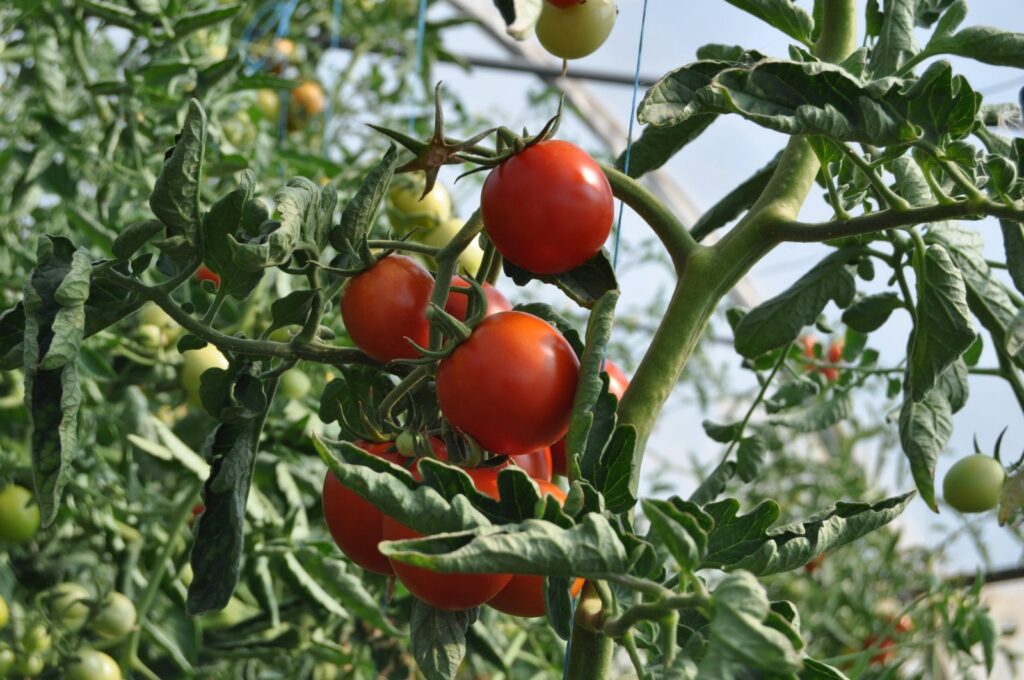In the field of tomato gardening, nematodes are regarded as a major problem affecting the robustness and yields of the plants. Since the chemical nematicides have a short effectiveness period, many gardeners are looking towards biological methods to solve this problem effectively and sustainably. This article covers the effects of Paecilomyces lilacinus in controlling nematodes and provides the information on how to apply this biological nematicide bayer in tomato gardens.
Understand Nematodes in tomato plants
Some of the most common pests are nematodes which are root-knot varieties which cause galls on tomato roots and hinder the absorption of water and nutrients. This lesion is also manifested not only in decreased sturdiness and production but also in increased vulnerability to other diseases. Currently, synthetic nematicides are very efficient, though they pose various dangers to the environment hence the search for natural alternatives.
Paecilomyces lilacinus in the Management of Nematodes
One such product that has good indications in the modern technique of handling nematodes is Paecilomyces lilacinus sold under labels such as Nema Pro. Oosl is a mycoparasite that naturally infects and kills several species of nematodes, thus it is perfect for use by organic and ecological gardeners. It, therefore, means that by choosing to use Paecilomyces lilacinus products, the gardeners can deal with a strong ally that is in harmony with sustainable gardening practices.
Practical application of various tips for gardening.
- Implementing Paecilomyces lilacinus in your gardening routine involves several key steps:Implementing Paecilomyces lilacinus in your gardening routine involves several key steps:
- Identify the Infestation: Thus, the correct diagnosis and favorable prognosis must be made at the initial stage of the disease. Often, look at the plants to see if there is any sign of nematode invasion like slow growth, browning of the leaves, and twisted roots.
- Application of Paecilomyces lilacinus: Concerning, usage, products such as Nema Pro should be used as recommended by the manufacturer. It is recommendable to ensure that the soil is covered to the extent that the fungus and the nematodes make good contact.
- Monitor and Reapply: In order to determine the efficiency of the treatment it may be necessary to monitor the patient’s condition frequently. Apply the biological nematicide again as advised to keep the nematode at bay.
- Integrate with Crop Rotation: Hence, integration of P. lilacinus with crop rotation system and other cultural measures raises the overall soil health and nematode reinfestation.
Insights from Agricultural Experts
Analysing the opinions and point of views of various scholars stresses the need to incorporate biological control of nematodes on tomato plants such as Paecilomyces lilacinus into any pest control program. Nematologist at a well-known agricultural university, Dr. Alice Johnson supports the utilization of Paecilomyces lilacinus arguing that this nematode control method not only reduces the menace of nematodes but also enhances soil health hence improving the prospects of tomato farming.
Growing research conducted in the agricultural journals prove that Paecilomyces lilacinus works against nematodes; thereby, it proves that it is a significant tool for the organic farmers.
Conclusion
Change in the utilization of biological approaches to control nematode pests in tomatoes can be considered as one of the breakthrough trends in modern agro-ecology. Thus, when tomato growers decide to use biological nematicides such as Paecilomyces lilacinus, they are able to safeguard their crops from the menace of nematodes in an organic fashion. Besides controlling pests, this approach also improves the fertility of the soil hence improving the quality of crops. This way, the bio- rational products to be used by the gardeners as well as farmers will be vital in the evolution of a sustainable agriculture in the society.
